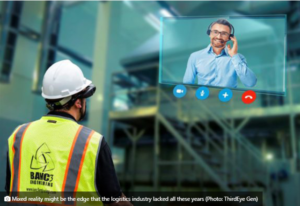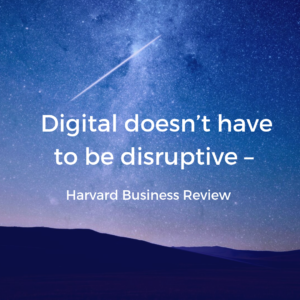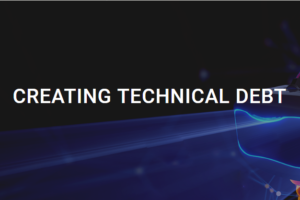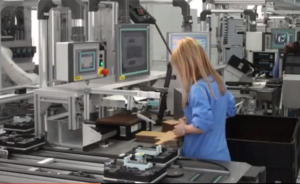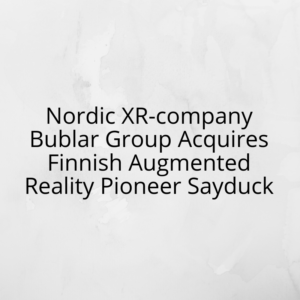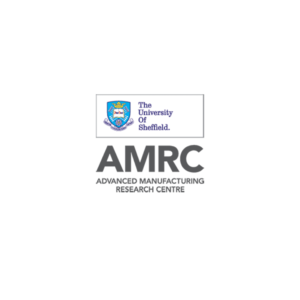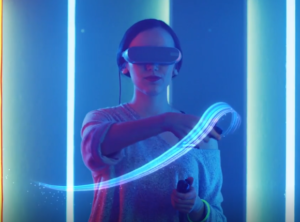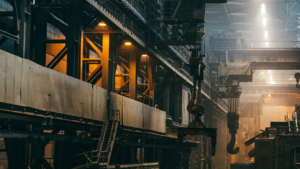XR Industry Insight Report 2019-2020: Featuring Oculus Rift, HTC Vive, Intel, Nvidia and More
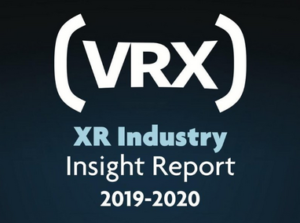
The report finds strong evidence that XR is establishing itself quickly and strongly in supporting enterprise, but still struggling to gain a major foothold for consumers: almost half (49.2%) report that growth on the consumer side was weaker than expected, as opposed to just 25.7% in the VR for enterprise segment.
Attempting to chase this growth, XR technology and content providers are following suit and shifting their focus towards providing enterprise XR solutions, with 73% of these companies saying they are working on VR for enterprise functions and just under 65% doing the same for AR/MR, as opposed to less than half working on VR consumer functions and 37.4% working on AR/MR.
Likewise, hardware, software and third-party content creators for extended reality (XR) are seeing much stronger enterprise growth compared to consumer sector growth over the last 12 months: almost half (49.2%) reported that growth on the consumer side was weaker than expected, as opposed to just 25.7% in the VR for enterprise segment.
Different applications of XR notwithstanding, the gains from successfully leveraging XR are real and demonstrable. 93% of enterprise users said that VR had had a positive impact on their business and 88.4% said the same for AR/MR. And in 2019, we have seen a series of high-profile announcements from the likes of Facebook, Google, Apple, Huawei and YouTube, suggesting 2020 could be a breakthrough year for consumer XR.
To dissect more of these key trends and understand where the XR market is heading globally, VR Intelligence interviewed and surveyed over 750 XR professionals working at the sharp end of XR implementation, of whom 35% come from C-suite positions. Featuring real-world case studies and insights from HTC Vive, Oculus Rift, Intel, Nvidia and more, the XR Industry Insight Report takes a comprehensive dive into the XR landscape of today and seeks to distil what the future holds for this young but blossoming industry.
Get the XR Industry Insight Report 2019-2020 here for unparalleled insights into:
- XR Growth Trends: In which areas is the industry seeing the greatest growth, and what is required for future growth?
- Immersive Technology for Enterprise in 2019: What has been the impact of enterprise XR and what are the challenges limiting further uptake?
- XR for Consumers: How has XR impacted B2C industries, why has consumer growth stalled and how can we increase consumer uptake?
- 2020: A Critical Year for XR: With a host of new products and services planned amid further development of AR and MR, will 2020 be the Year of XR?
Get the XR Industry Insight Report 2019-2020 here
The XR Industry Insight Report 2019-2020 was researched and produced association with VR Intelligence’s upcoming VRX Conference & Expo, taking place December 12-13, 2019, at the Hyatt Regency San Francisco Airport Hotel. Expecting more than 600 senior attendees from across gaming, entertainment, healthcare, retail, automotive industries and more, VRX is the world’s premier B2B immersive tech event for those wishing to use XR to boost ROI, propel their business forward and engage consumers through immersive, innovative experiences. More information can be found on the website: www.vr-intelligence.com/vrx, or please contact Kathryn Bloxham directly.
Contact
Kathryn Bloxham
Events Director & Head of Innovation
VR Intelligence / VRX
T: +44 (0)207 375 7567
Virtual Reality Intelligence is a trading name of FC Business Intelligence Ltd. Registered in England and Wales no.4388971. Registered address 7-9 Fashion Street, London, E1 6PX, UK.
###
